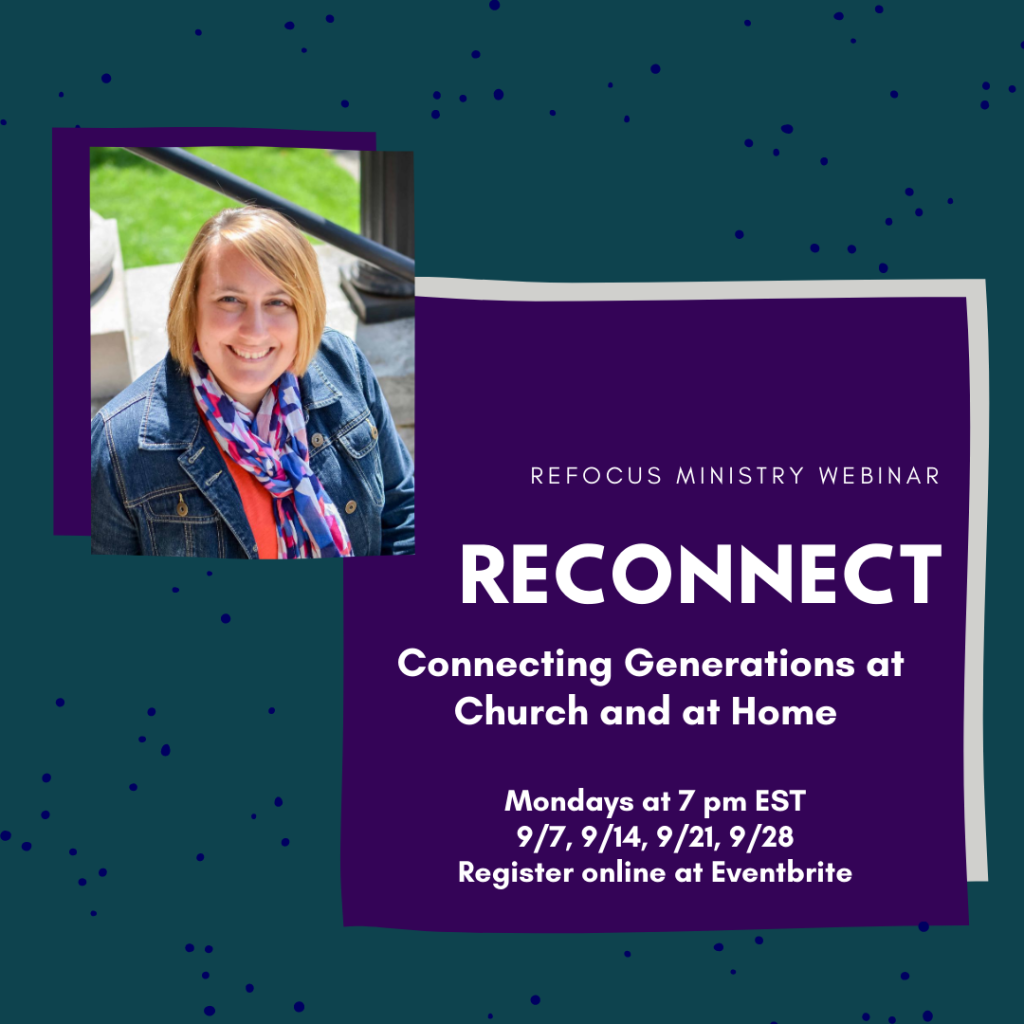A few years ago, I started a little personal experiment. I would stop in my tracks, wherever I was, and take into account all of the generations I could find present in a particular space. I started doing that because in my research on age segregation and integration, I ran across a discussion on how spaces, public spaces and private spaces, had become spaces that were generationally-specific by design and intent.
Spatial constructs are the geographic and environmental structures that make up our communities such as residential spaces (neighborhoods, nursing homes, cities) and common spaces (parks, malls, streets).
Over the past two decades, research has shown that spatial constructs can intentionally and unintentionally create spaces where ages are not likely to intermingle effectively leading to age segregation.
So, I decided to test the theory to see if, in my own personal life, I found this to be true in the spaces I tended to occupy. Often, while at the grocery store or a public park or a shopping mall, doctor’s office, restaurant, church or the like, I will pause and look around to see what generations are present and what elements are being used in the space to either attract or exclude generations.
And this is what I found: Public spaces can indeed become places of age segregation. Some common things I noticed; in places designed to attract younger ages there was a lot more “noise” both audibly and visually (loud music, lots of colors and activity, a variety of sensual stimuli from smells to sounds to touch, cartoons or music videos on television) and in places designed to attract older generations, there are more traditional, less stimulating environments (Quieter classical or jazzy music, dimmer lighting in restaurants, patriotic symbols, news or talk shows on television).
Environments can be crafted in such a way to encourage ages to integrate or segregate and many public spaces are designed for age segregation (Source). In other words, spaces are created and designed in order to attract certain generations and, by default, exclude others.
Tweet
A perfect example would be a restaurant the is dimly lit with tables for two with quiet music playing versus a restaurant that is brightly lit with large tables and seats designed for young children and boisterous music playing. Each restaurant has designed their space to attract as certain crowd. In one place you would expect to find families with children or young adults and in another older adults, couples without children on dates, etc.
This use of space can be carried over to other areas. The inclusion or exclusion of certain items can either attract or detract specific age groups and that has actually led to a changing landscape.
The geography of age segregation can be mapped according to the generations present in a space such as a city or county (Source). Spatial constructs such as neighborhoods, suburbs, and even cities can even be mapped along age-specific lines. That means if we were to track the ages of people living in a certain area and then overlaid a map of the city on top of that, we would find people of relatively the same generation actually living together in age-specific areas (Source).
How does that happen?
Residential age segregation exists due in part to how neighborhoods and homes are designed. In the past, homes were created with the expectation of a family and often the grandparents living together in a single space with perhaps a bedroom or two for some privacy. Today, the structure of large single-family homes with multiple rooms and bedrooms create barriers to intergenerational living (Source). In other words, we tend to separate as we age rather than live together.
Another contributing factor? Lack of available affordable housing in multigenerational neighborhoods. This has led to “age ghettos” where homeowners are primarily older and renters are primarily younger. Houses are primarily occupied by single young people (alone or living together), aging couples/singles, or a single family rather than multiple generations as in the past. It’s rare today to find an older aging person living in a home with single young people or even a family even though that was common in the past.

How does this impact to churches?
Churches also use spatial constructs to message age-appropriateness to their community and their members and they are influenced by the spatial constructs around them. Take a few moments and think about the space occupied by your own church.
- What does the space around your church/property look like? What are the visible signs of age such as a playground, steps/ramps, lighting, flowers or lack thereof, signage, sounds, flags, etc? What generational messaging is being sent and received?
- Inside your church building or gathering, what are the sights, smells, and sounds that each person is greeted with when they enter? Is there intentionality in the experience or just a default based on what has “always been?”
- In your community, does your church show up in specific spaces and not in others? Is there any generational component to how or where your church is active in the public arena? Are there spaces where your church is not engaged and is that intentional or incidental?
- What are the spatial influences in your surrounding neighborhoods and communities? Is there a specific generation included or excluded? How is that impacted by your church and/or how is your church impacted by that reality?
Recognizing that how we design and use space has an influence on the generations that gather and “hear” us can have a huge impact on our communication, our engagement, and our outreach.
Here’s a fun idea; for one week, do like me and experiment on your surroundings. Pause for a few minutes while shopping, serving, socializing, and sightseeing and take in the message of the space and the generations you see gathered. Then consider how you can take this information and use it to create spaces that invite multiple generations to come together to learn and engage with one another. It’s a fascinating exercise and one that challenges us to think outside the box and grow as people and as ministers.
This post is the first in a four-part series on structures in society that create or perpetuate age segregation. To read the introduction to the series, click here. Future posts will be linked as they are published.
Ready to Start, Not Sure Where?
ReFocus Ministry is pleased to present a four-part webinar series on generational discipleship and connection for churches interested in exploring intergenerational ministry both in their church and in their homes. Each session will focus on a unique aspect of gathering generations together, both the challenges and opportunities, as well as practical tips to begin implementing now during this time away from regular church gatherings.

Sessions can be attended individually or all four can be attended as a series.
Session 1 – ReConnect. This first session of the webinar focuses on defining generations, generation gap, and the need for generational discipleship in your church. This is the “What” behind generational discipleship.
Session 2 – ReGenerate. This session focuses on the the research, the reasons, and the heart behind connecting generations from both a secular and spiritual viewpoint. This is the “Why” behind generational discipleship.
Session 3 – ReProduce. This session offers practical tips, strategies, and ideas to being connecting generations in your faith community and in homes in meaningful, lasting, life-changing ways. This is the “How” behind generational discipleship.
Session 4 – ReLease. It’s time to go and do! This session will provide a discussion and debrief around the questions, “What? So What? Now What?” and give you an starting point for incorporating generational discipleship as a meaningful part of your faith community. This is the “Who” behind generational discipleship at your church and in your home!
Anyone registered for all four sessions will receive a FREE half-hour coaching session/follow-up specific to your ministry needs.
To register, go to https://www.eventbrite.com/e/reconnect-a-webinar-for-generational-connections-tickets-116093734485. Questions? Feel free to email me at christina.m.embree@gmail.com. Can’t wait to journey with you!
For more information about
- Kids in Worship
- Determining which Type of Family Ministry model works best for your church
- Discipleship in Intergenerational community
- Encouraging the continued conversation through Practical Discipleship at Home
- Seminars, Workshops, Coaching
Check out to ReFocus Ministry or “like” our Facebook page. Join our conversation at theReFocus Family and Intergen Ministry group on Facebook.
About this Blog

Refocus Ministry was started by Christina Embree, wife to Pastor Luke, mom to three wonderful kids, and church planter at Plowshares BIC. She also serves as the Minister of Generational Discipleship with the Great Lakes Conference of the Brethren in Christ.
With years of experience in family ministry and children’s ministry, she is passionate about seeing churches partnering with families to encourage faith formation at home and equipping parents to disciple their kids in the faith. She recently graduated with a Masters of Arts in Ministry focusing on Family, Youth and Children’s Ministry at Wesley Seminary, she also blogs at www.refocusministry.org and is a contributing blogger at D6 Family, ChurchLeaders.com, and Seedbed.


4 Comments